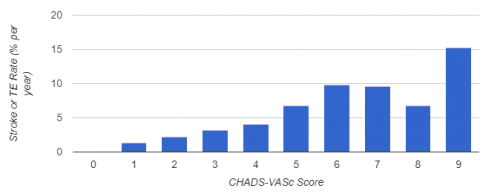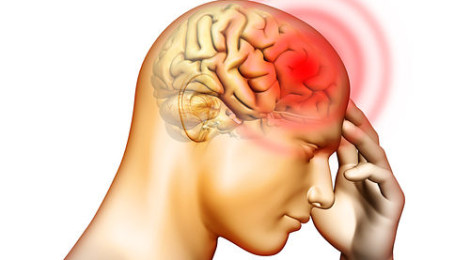Spine trauma is one of the high-risk indicators for deep venous thrombosis (DVT). Unfortunately, there is a great deal of variability in the start time for chemical prophylaxis for this injury, especially after the patient has undergone surgery. In part, this is due to a lack of good literature and guidelines, and in part due to the preferences of the spine surgeons who operate on these patients.
A group at the University of Arizona in Tucson performed a large database review (looks like National Trauma Databank, although they don’t say in the abstract) looking at “early” vs “late” administration of prophylaxis after surgery in these patients. The spine injury was the predominant one, with all other systems having an abbreviated injury score (AIS) < 3. They matched two years worth of patients for demographics, initial vitals, type of operative intervention, and type of heparin to assess the impact of prophylaxis timing.
Here are the factoids:
- Nearly 40,000 patient records were reviewed, and over 9,500 met the spine injury criteria with operation and prophylaxis. A total of 3,556 could be matched for analysis.
- These patients were split in half for matching, late (>48 hrs) versus early (<48 hrs)
- DVT rate was significantly lowe in the early prophylaxis group (2% vs 11%)
- PE rate and mortality were the same between groups
- Return to OR and blood transfusion rates were identical (1% and 1-2 units)
Bottom line: Once again, we see that “early” prophylaxis for DVT is probably desirable and mostly harmless, even after a spine operation. Many surgeons still have an irrational fear of giving heparin products in patients who have some risk of bleeding. The body of literature that supports early use just keeps growing. One observation, though: as in most other studies, pretty much whatever we do for DVT has a negligible impact on PE and mortality. We can only treat the clots, but not their major aftermath.
Reference: Optimal timing of initiation of thromboprophylaxis in spinal trauma after operative intervention: – propensity-matched analysis. JACS 225(4S1):S59-S69, 2017.



